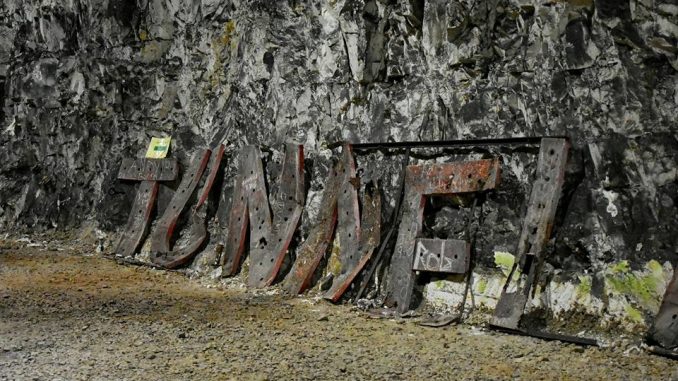
A new novel by Broadstairs author Geoff Rouse features the Ramsgate Tunnels as one of its backdrops.
Details of what life was like for families sheltering in those tunnels during the Second World War were passed to Geoff by his neighbour Enid Foster, who passed away this year aged 87.
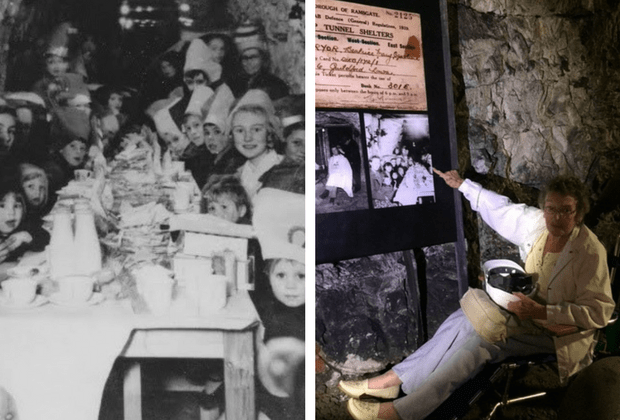
Enid spent time in the tunnels after being brought home by her father when the area her school had been evacuated to became vulnerable to German bombers. Her grandmother spent much of the war sheltering in the tunnels along with thousands of other Ramsgate residents so Enid also took refuge there.
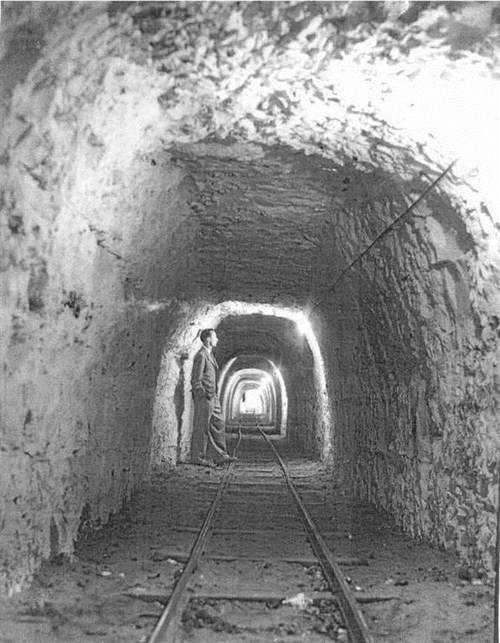
The Ramsgate Tunnels network – which is now open to the public and has been one of the sites taking part in the Heritage Open Days – is the largest and only known Civilian Deep Shelter Air Raid Precaution scheme authorised by Central Government.
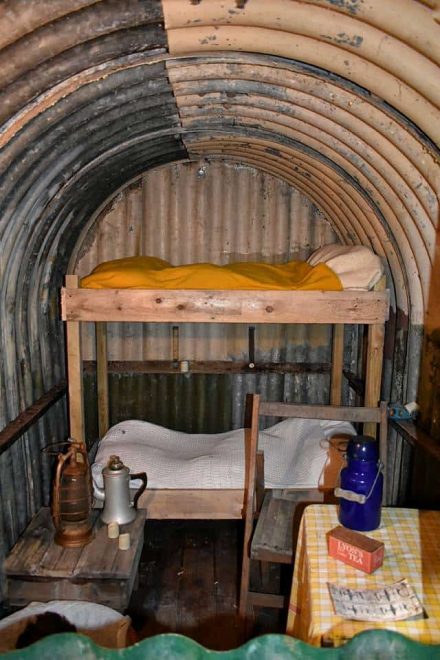
The railway tunnel is almost one mile long and was opened in 1863 to bring the London Chatham & Dover Railway to the Ramsgate Harbour station, adjacent to Ramsgate Sands.
As war approached Ramsgate Borough Council embarked on an ambitious plan to create a network of Deep Shelter Tunnels linking to the former railway tunnel. Despite initial resistance from government Mr ABC Kemp ‘the top hat mayor’ and the borough surveyor ceaselessly pressed for funding of the tunnels before the war, thus saving countless lives.
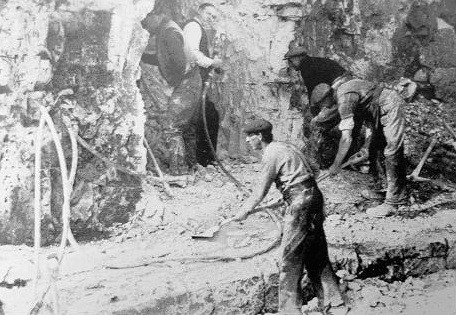
The plan was finally given the go ahead and the network, 2.5 miles long and 60ft below the town, was formally opened by The Duke of Kent on 1st June 1939.
According to documents from the time shared by Kent History Forum the estimated cost of creating the shelter was £49,700, or £19,520 per mile, which includes entrances. The number of persons who could be accommodated was estimated to be approximately 11,000; 15,000 could be accommodated in the existing caves and the old railway tunnel, so that the total of 26,000 persons would be accommodated in the whole scheme.
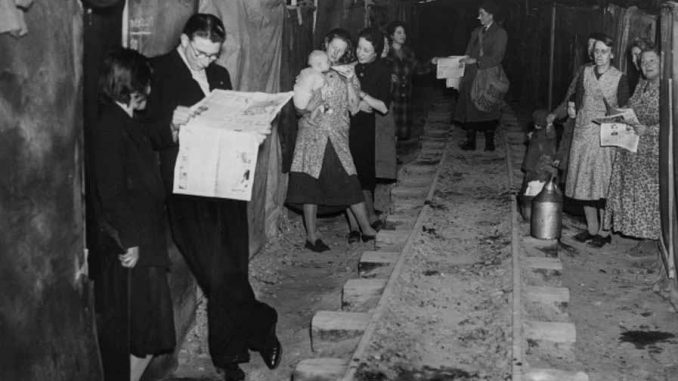
There were originally around 12 entrances, some of which were on the esplanade, cut directly into the cliffs, and others emerging in squares, playgrounds and parks around Ramsgate. This meant that during an air raid, people could quickly enter the tunnels via their nearest entrance
The tunnel system became famous and was visited by many celebrities including then Prime Minister Winston Churchill who was forced to take refuge there himself when caught in a raid. Enid told Geoff of the constant activity in the tunnels even at night and how she was often woken from her sleep by people visiting the toilets nearby.
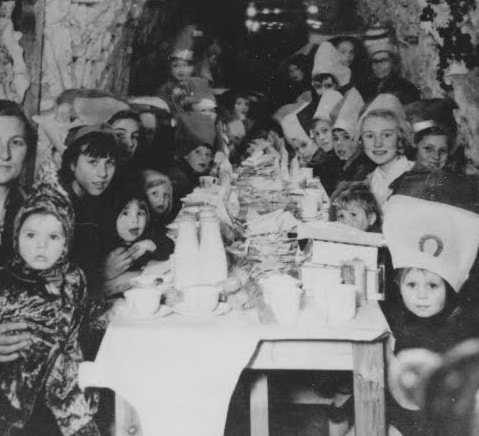
Concerts and dances were held there and a picture that visitors to the site can see today shows Enid as a child attending an underground Christmas party.
Enid spoke to Geoff about the Dunkirk evacuation and the townsfolk donating shoes to the barefoot soldiers returning to Ramsgate. After the war Enid worked at the post office in Ramsgate as well as at the Conyngham School.
A German air raid in August 1940 dropped 500 bombs on the town. Some 29 people died and more than 1,000 were left homeless, many then moved permanently into the tunnels until the end of the war.
The tunnels were sealed up after the war.
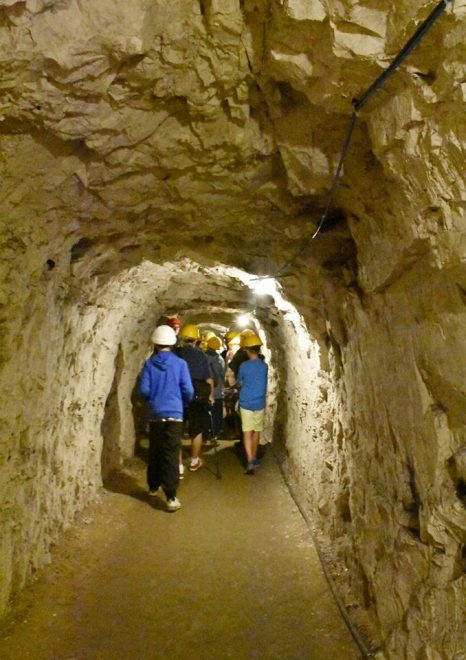
In 2011 then Ramsgate mayor, Cllr David Green, set up the Ramsgate Tunnels Heritage Group with the aim of reopening the network as a tourist attraction.
The site was reopened in May 2014 by the current Duke of Kent following the successful bid by The Ramsgate Tunnels Project, supported by Ramsgate Town Council, for £53,000 from the Peoples’ Millions, a Heritage Lottery Fund grant for £84k won by Ramsgate Regeneration Heritage Trust and £51k from Thanet council.
With thanks to Kent History Forum, Geoff Rouse, Ramsgate Tunnels, Ramsgate Town Council, Michael’s Bookshop and photographer Carole Adams

